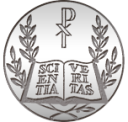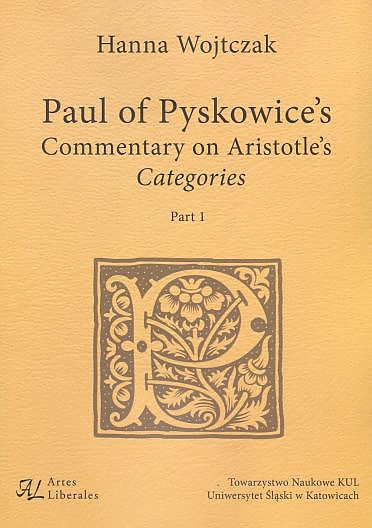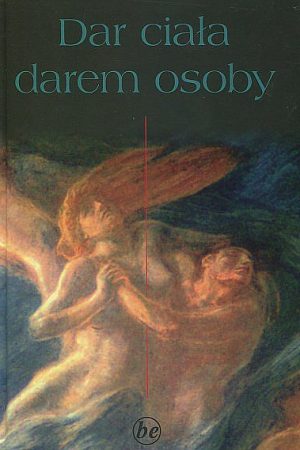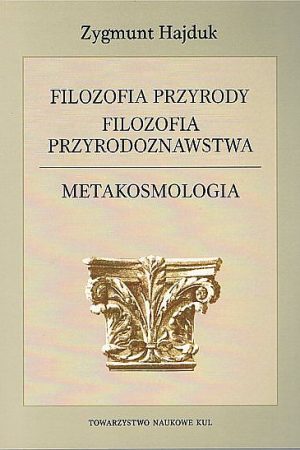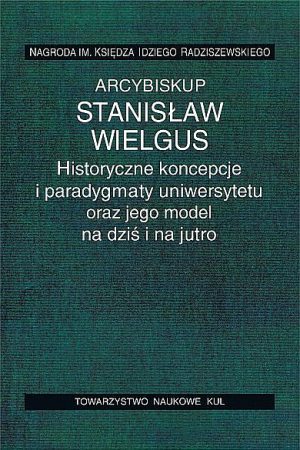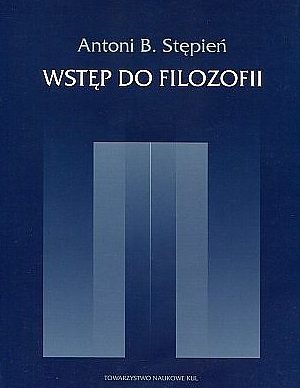Paul of Pyskowice’s Commentary on Aristotle’s Categories Part 1
| Waga | 0,66 kg |
|---|---|
| Autor | Hanna Wojtczak |
| ISBN | 978-83-7306-757-8 |
| Seria wydawnicza | |
| Rok wydania | 2019 |
| Oprawa | miękka |
| Ilość stron | 316 |
60,00 zł
Dostępność: Na stanie
Paul of Pyskowice (t ca. 1470) — a Cracovian scholar of the first half of the 15* century and a student of Benedict Hesse — was a significant figure for the history of Polish culture and who fitted into the intellectual climate of mediaeval Europe. Until recently, he was only known as the author of theological works, whereas his philosophical heritage remained unidentified. His commentary on the Categories presented here is then a first recognised Paul of Pyskowice’s philosophical work. It is preserved in sole copy – cod. BJ 1900 – that was mostly written by his own hand. Paul composed his commentary in 1423-1424, and was further supplementing it for ca. 20 years. Given these facts, this manuscript is not only a transmission of historically and philosophically important works of this scholar, but also constitutes a rare testimony of many years’ academic work of a professor on his manuscript.
The commentary itself is one of the most extensive works on this subject. The volume of this work results, among others, from the fact that Paul gave it the form of lectiones, that is the joint literary interpretation of the quoted authoritative text (expositio) and the extensive questions (quaestiones). Moreover, it also results from its substance, since it presents various opinions on the undertoken issues, and there are at least two interpretational perspectives present, i.e. the realistic and logical. But, there is no doubt that for Paul the categories are most of all terms. So, in his logical interpetation Paul follows John Buridan, while in supplementing the logical interpretation by the realistic threads he corresponds with works e.g. by Marsilius of Inghen, Nicholas of Amsterdam and Benedict Hesse. The main direct sources for Paul of Pyskowice, surely was Benedict Hesse’s commentary. Also some passages were inspired by Anonymous Cracovian Quaestiones super „Praedicamenta” preserved in ms. BJ 1941, Thomas of Erfurt’s Expositio „Praedicamentorum”, John Dorp’s of Leiden Expositio „Summularum logicalium” Johannis Buridani, and of Thomas of Strasburg’s Commentaria in I-IV „Sententiarum”.
Inne z tej kategorii
-
Książki filozoficzne
Dar ciała darem osoby. O przemilczanym wymiarze kryzysu więzi małżeńskiej
43,00 zł Dodaj do koszyka -
Książki filozoficzne
Filozofia przyrody. Filozofia przyrodoznawstwa. Metakosmologia
49,00 zł Dodaj do koszyka -
Książki filozoficzne
Historyczne koncepcje i paradygmaty uniwersytetu oraz jego model na dziś i na jutro
20,00 zł Dodaj do koszyka
